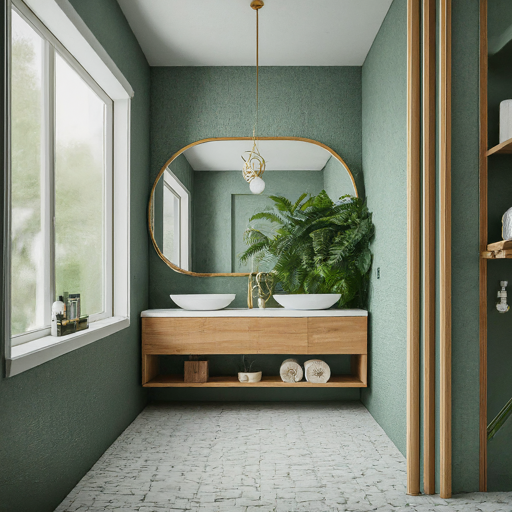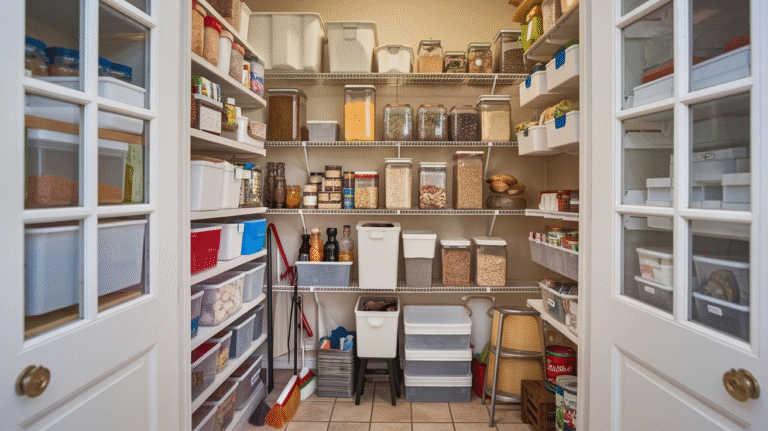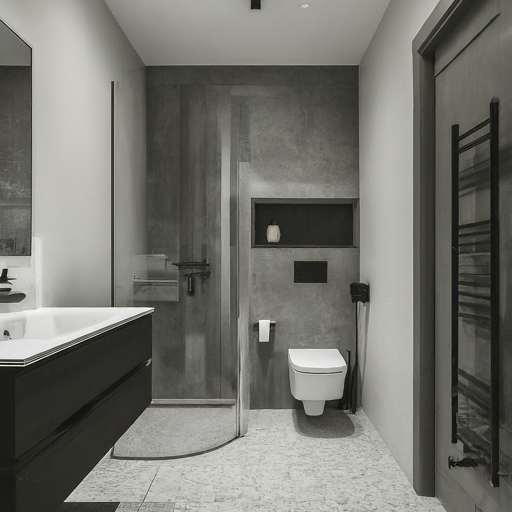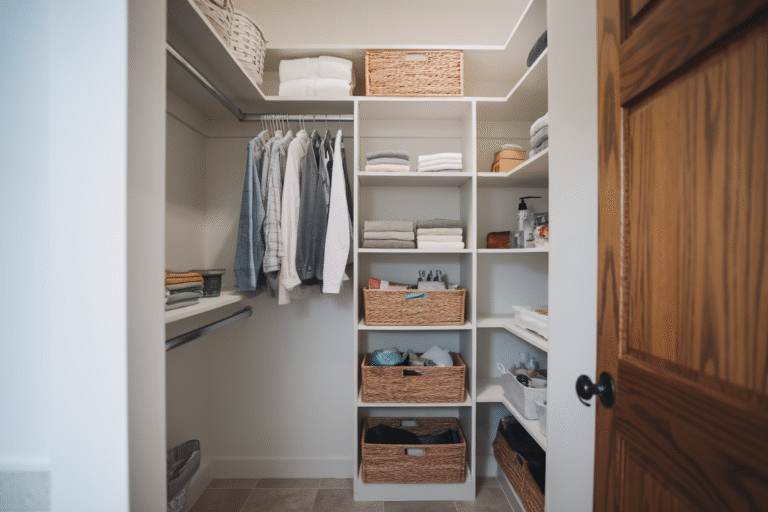23 Simple House Design Ideas
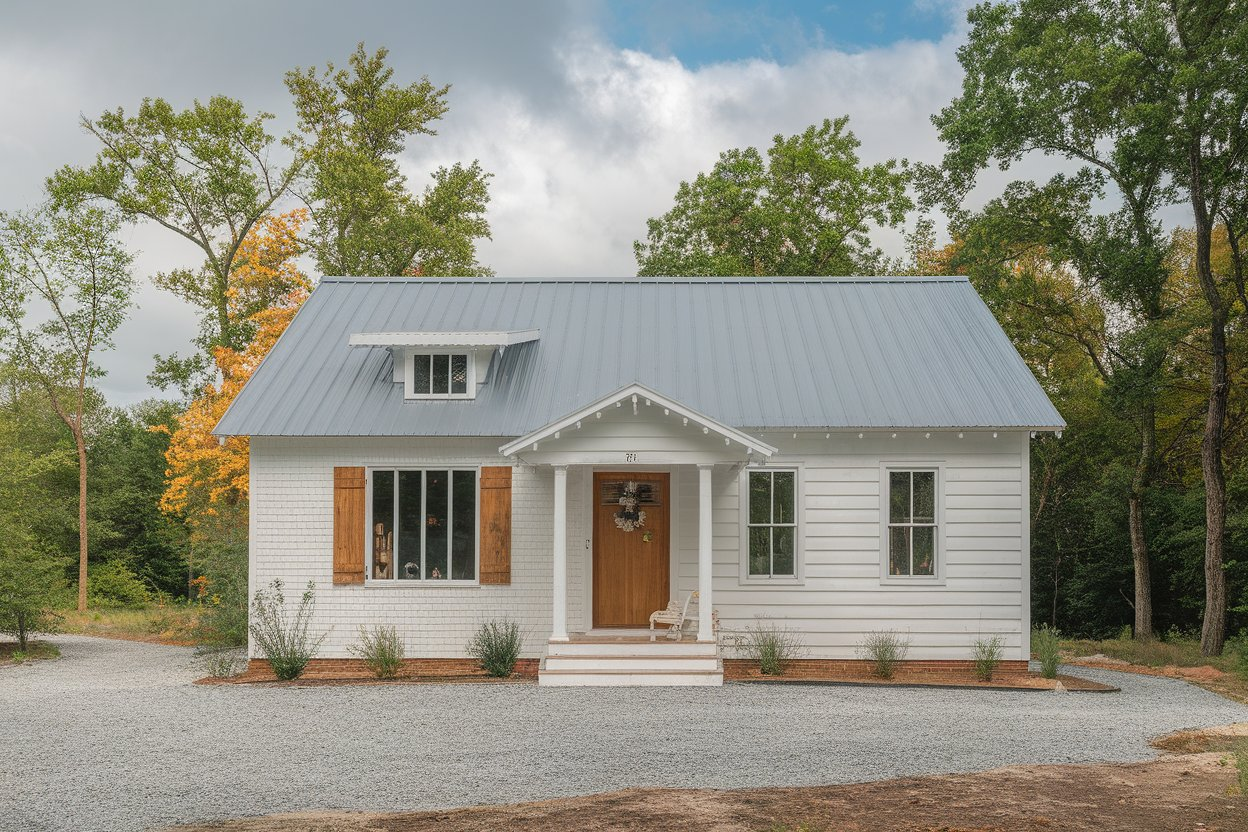
Simple doesn’t mean boring. In fact, simple house design is where practicality meets quiet sophistication. If you’ve ever walked into a home and immediately felt calm, cozy, and clear-minded, chances are that space was built on simple design principles.
You don’t need a huge budget or an architectural degree to create a home that’s functional and beautiful. You just need a sharp eye, a sense of purpose, and the courage to subtract instead of always adding.
1. Choose a Neutral Color Palette
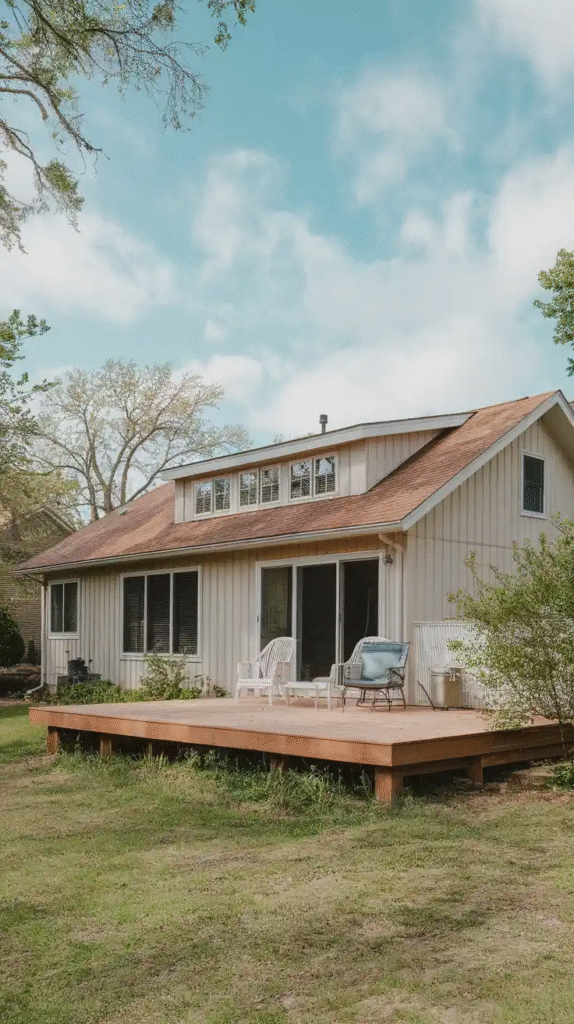
A simple home starts with a calm, cohesive color palette. Whites, beiges, soft grays, and muted earth tones form a quiet backdrop that makes your space feel bigger, brighter, and more open.
It’s like giving your home room to breathe. I once painted my tiny guest bedroom in soft greige, and suddenly it felt twice the size—less cluttered, more serene.
2. Open Floor Plans Encourage Flow
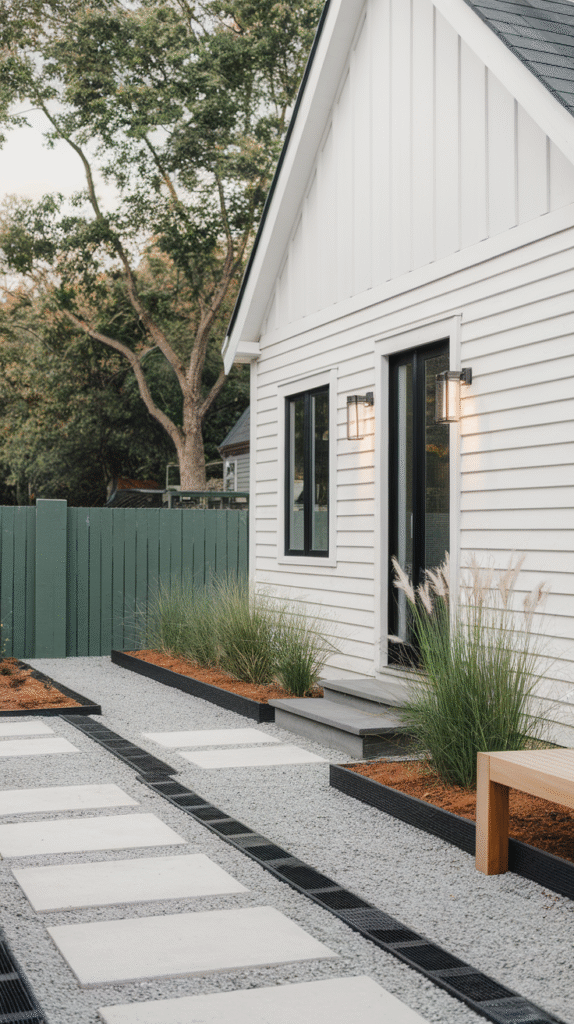
An open floor plan breaks down barriers between rooms and encourages natural light to travel freely through the home. If you can’t tear down walls, you can still create visual openness with consistent flooring and strategic furniture placement that keeps sightlines clear.
Open spaces create a conversational energy—it’s like inviting your kitchen, dining, and living rooms to hang out together.
3. Incorporate Natural Materials
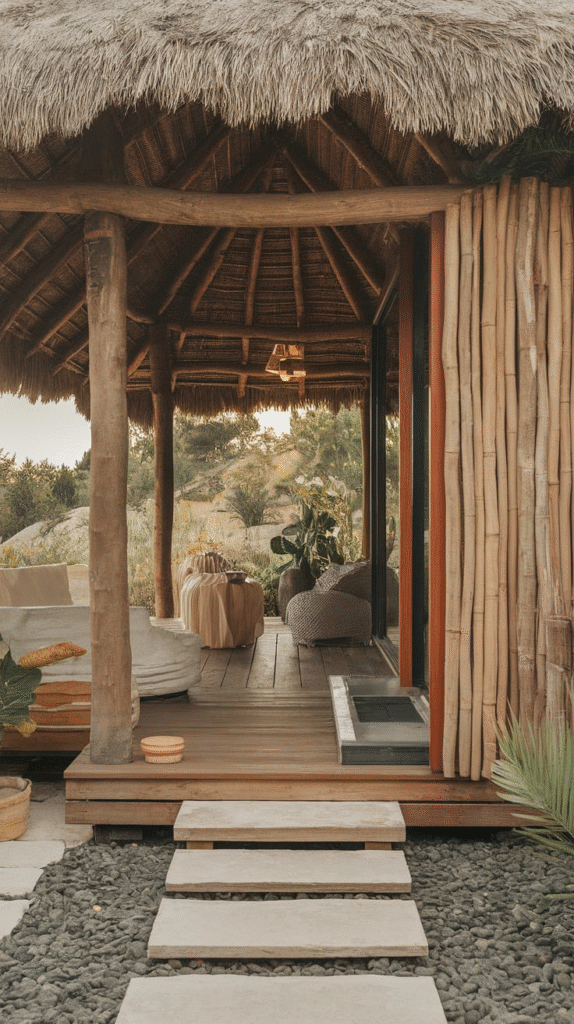
Wood, stone, linen, rattan—natural textures add organic beauty and a sense of connection to the outdoors.
A simple wooden dining table or woven jute rug can ground your space and keep things from feeling sterile. When I swapped out my plastic chairs for wood ones, even my morning coffee felt more rustic and soulful.
4. Focus on Functionality First
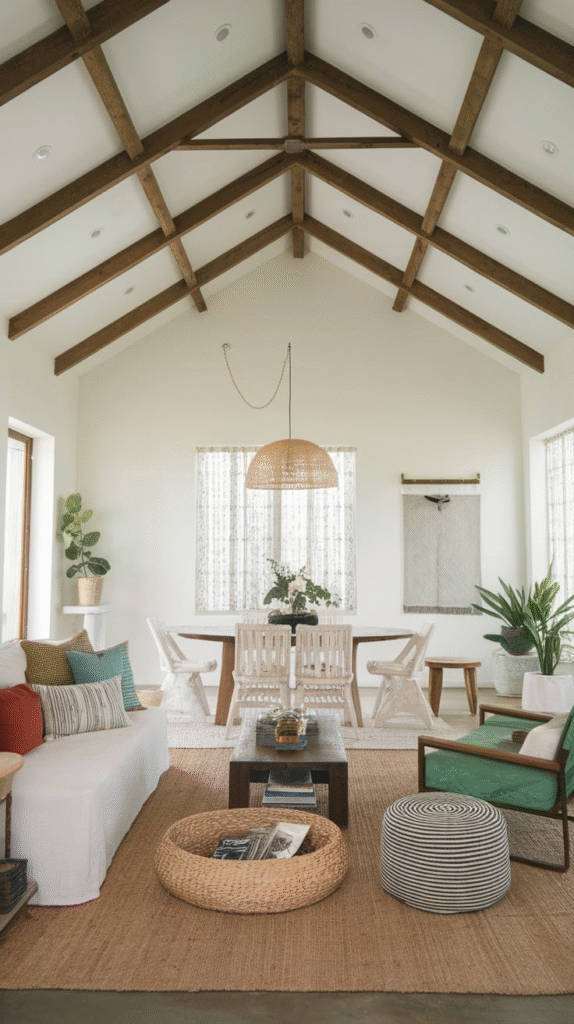
Every piece of furniture or decor should earn its place. Form follows function in simple design.
Ask yourself, “What purpose does this serve?” before buying or placing anything. My living room doesn’t have a coffee table just for style—it’s also got hidden storage for magazines, remotes, and all the things that make clutter vanish.
5. Stick to Clean Lines
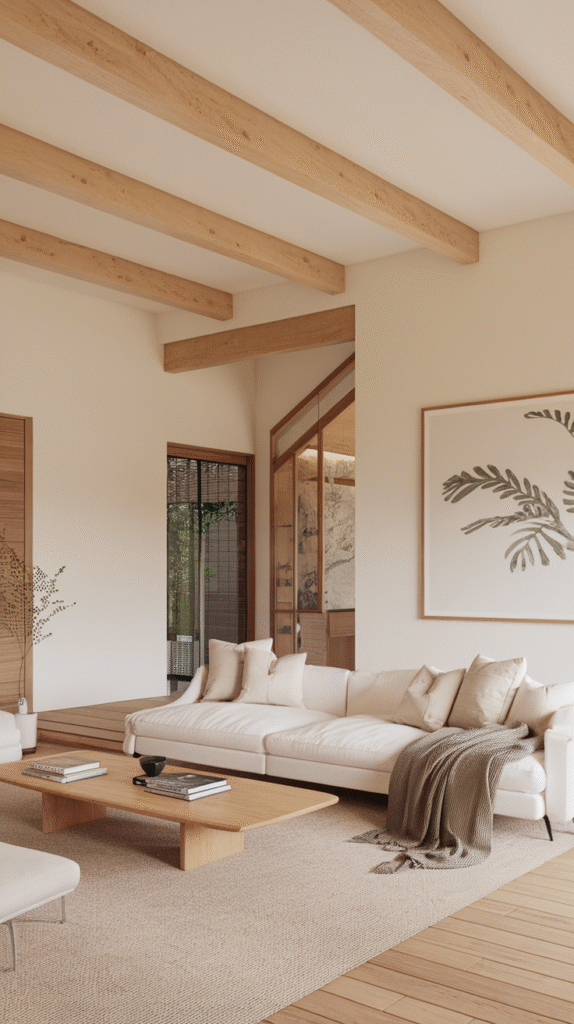
Choose furniture and architecture with clean, unembellished lines. No ornate carvings, no bulky trim—just honest, straightforward shapes that feel intentional. Think of it like editing your wardrobe: a well-cut white shirt often makes a bigger impact than a loud printed blouse.
6. Let the Light In
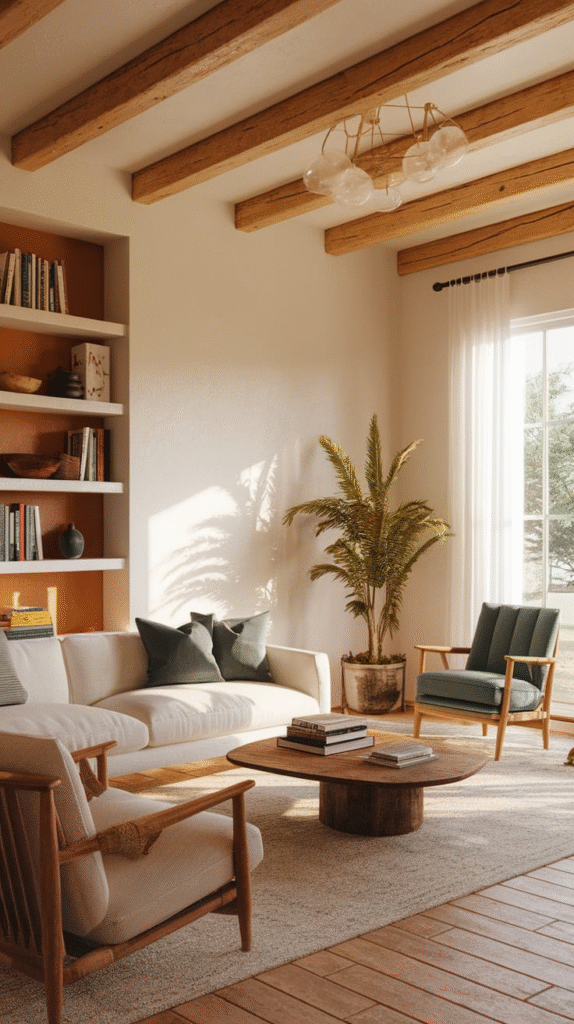
Maximize natural light wherever possible. Simple homes thrive on sunlight. Use sheer curtains or none at all, and keep window areas uncluttered. It’s amazing how a little morning sun can transform your space—and your mood.
7. Create Visual Balance
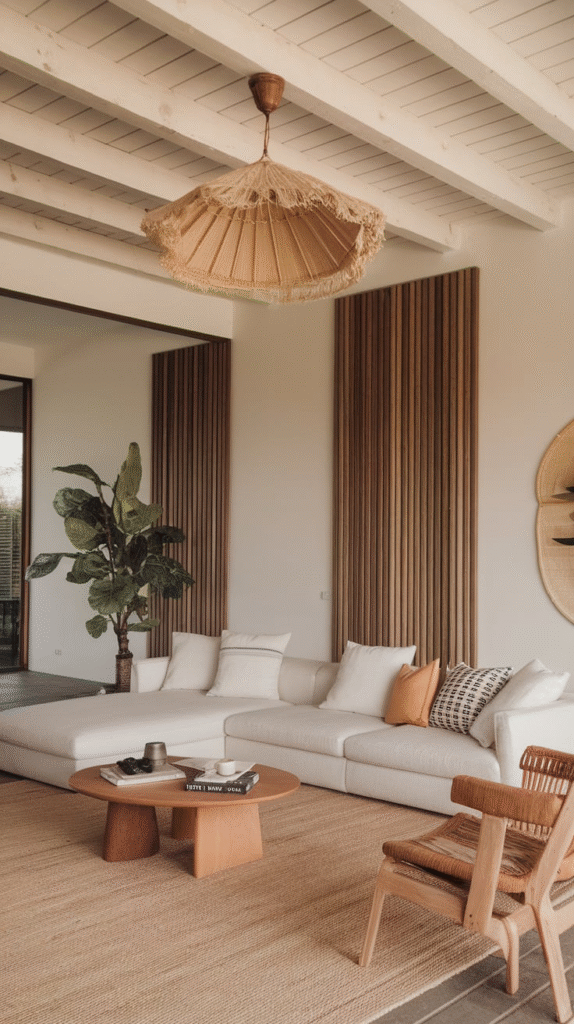
In simple design, symmetry and proportion matter more than ever. Keep things visually balanced by placing furniture in pairs or centering key pieces like the bed or sofa. Your brain loves visual harmony—it’s design’s version of a satisfying deep breath.
8. Embrace White Walls
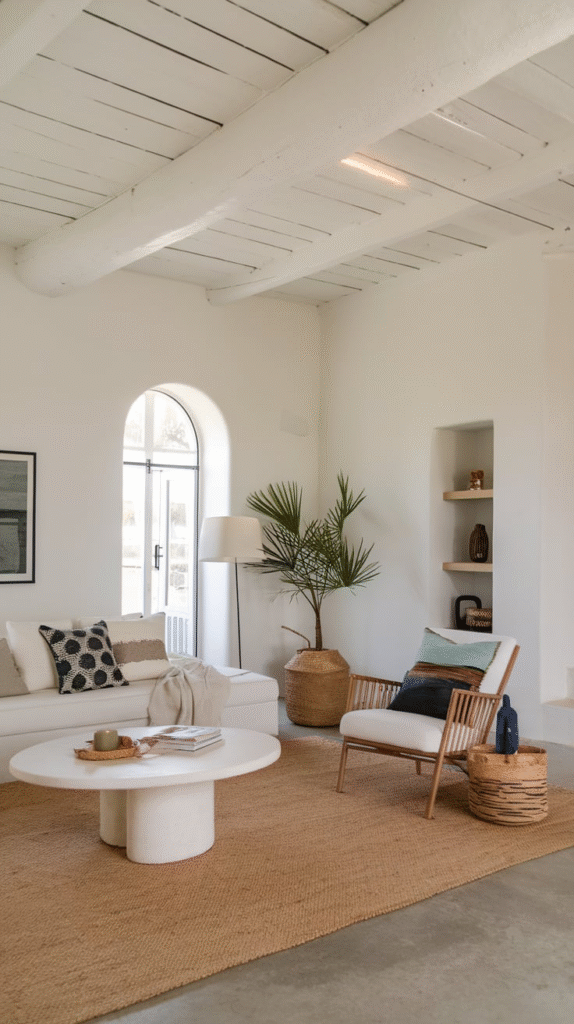
White walls get a bad rap for being plain, but they’re the ultimate canvas for flexibility and simplicity. They reflect light, make small rooms feel open, and give you the freedom to switch up accessories without committing to bold paint colors. White isn’t boring; it’s just humble and hardworking.
9. Use Built-In Storage
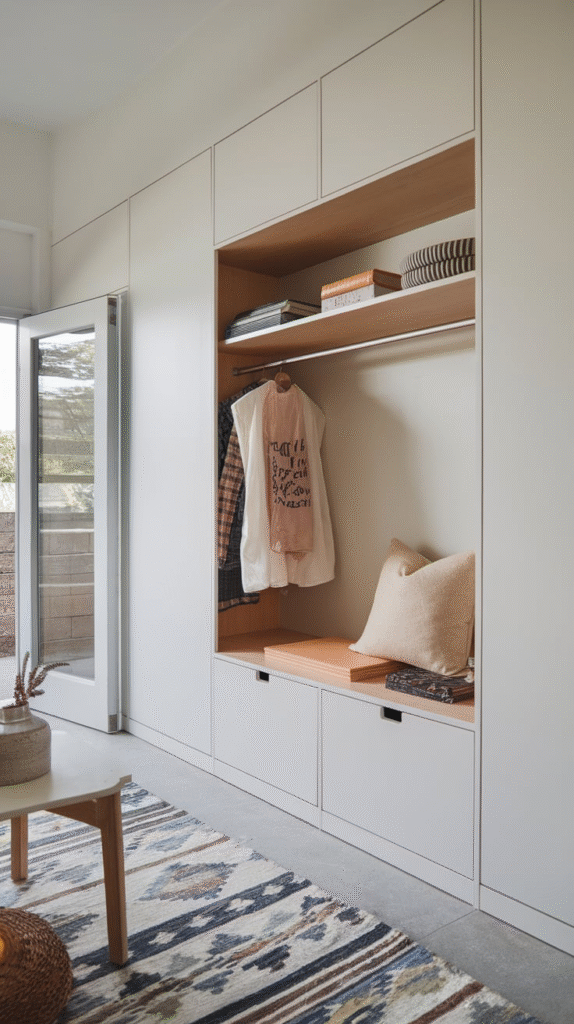
Built-in shelving, cabinetry, and benches can save space while keeping the aesthetic clean. I had a carpenter add a window bench with drawers under it—instant reading nook and blanket storage in one. Simple house design thrives on dual-purpose pieces.
10. Keep Decor Minimal but Meaningful
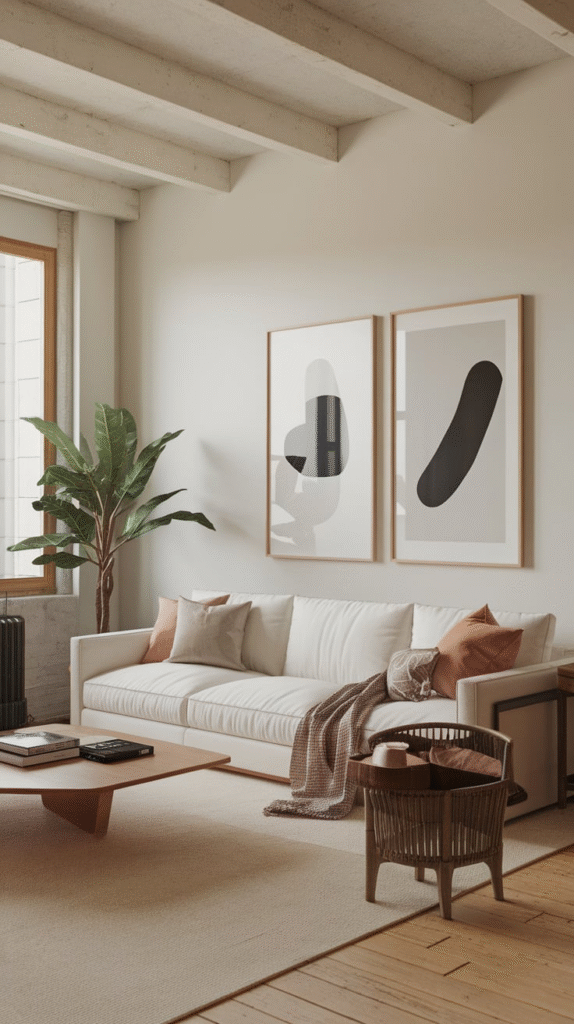
Choose fewer pieces of decor, but make them deeply personal or visually striking. A framed photograph, a sculptural vase, or a single piece of art tells a richer story than ten mismatched trinkets. One of my favorite accents is a framed letter my grandmother wrote—simple, personal, timeless.
11. Use Repetition for Cohesion
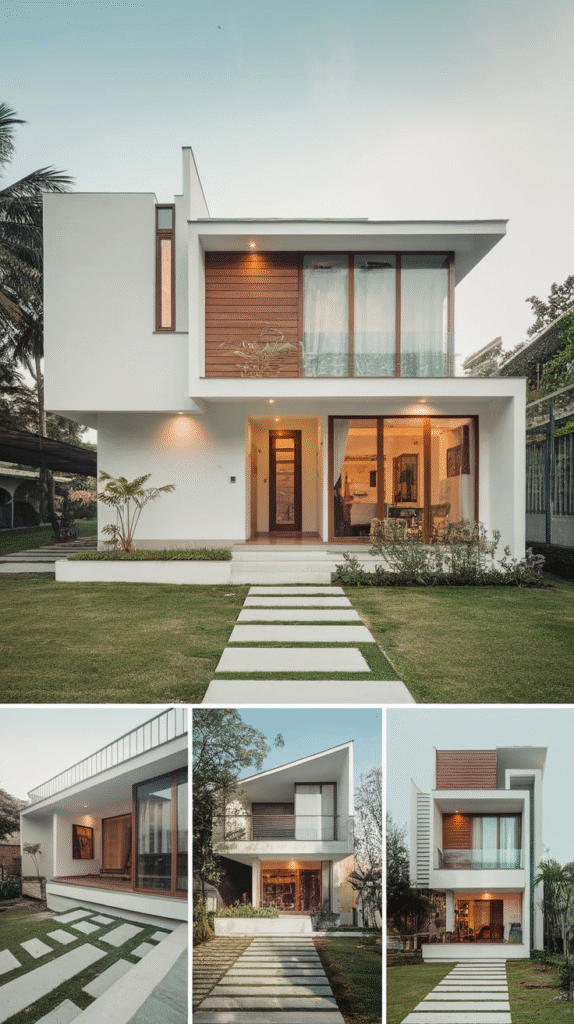
Repeating textures, colors, or shapes creates subtle cohesion that feels intentional. If you have black window frames, consider a black metal lamp or chairs with black legs. It’s like creating rhythm in your design without saying a word.
12. Go for Low-Maintenance Landscaping
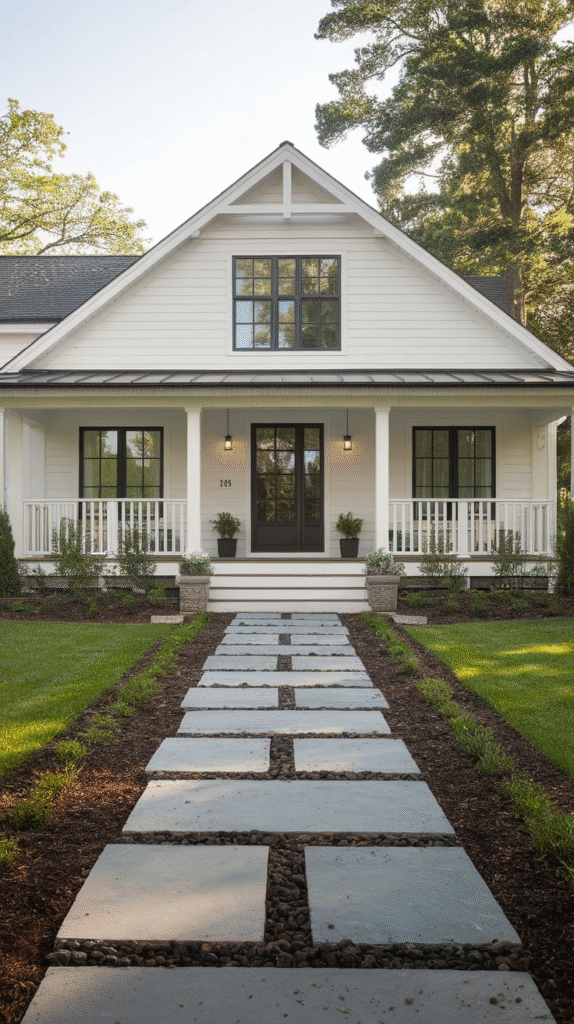
Simple homes often have streamlined outdoor spaces. Choose native plants, clean gravel paths, or a minimalist front garden to complement your house’s style. When I switched my lawn to a combo of mulch beds and succulents, I not only saved on water—but my home’s exterior finally matched the inside’s vibe.
13. Install Floating Shelves
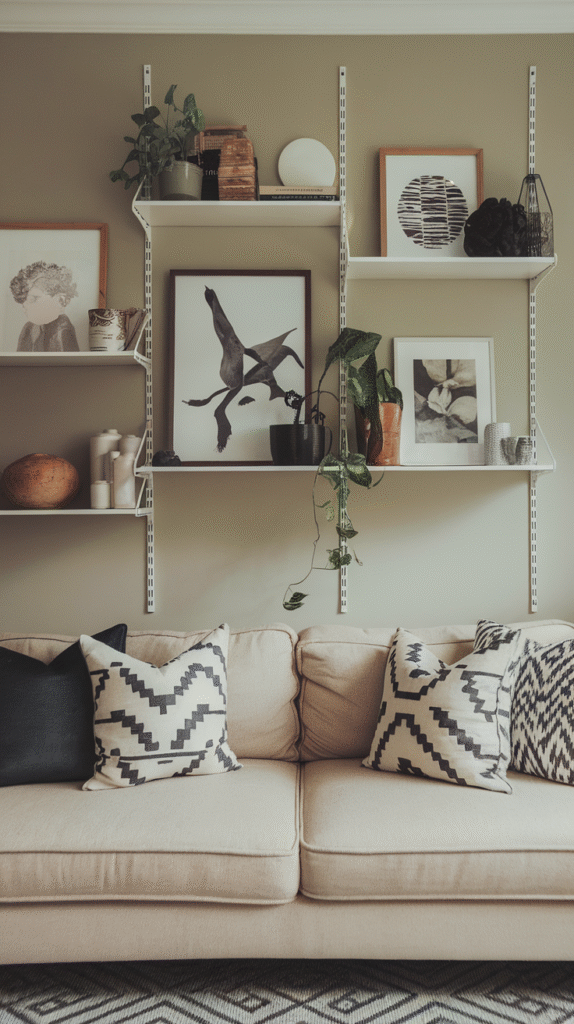
Floating shelves are perfect for small spaces. They offer storage without visual bulk and work beautifully in kitchens, bathrooms, or entryways. Keep them clutter-free and use them to display everyday essentials or favorite items.
14. Mix Textures, Not Patterns
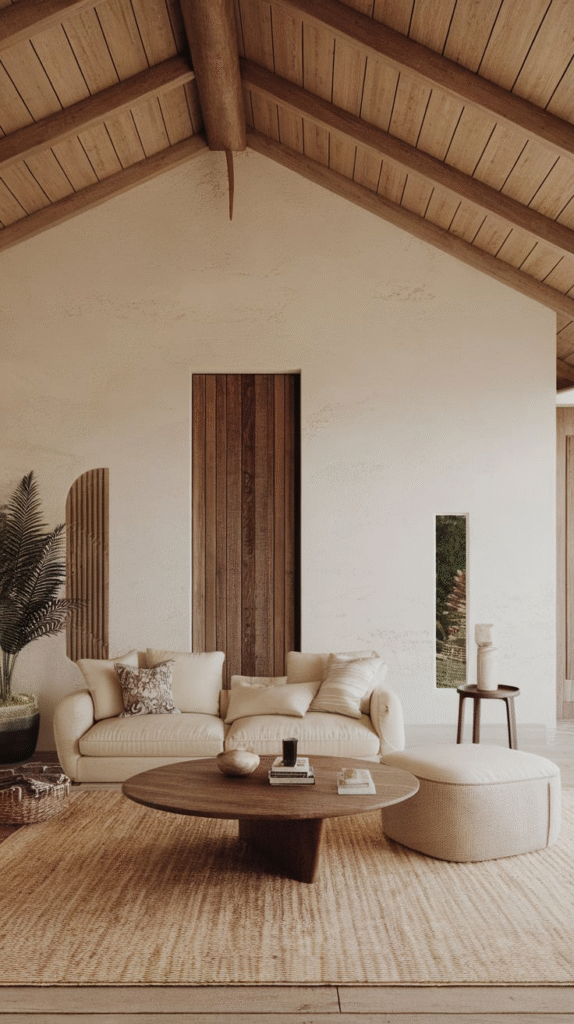
Simple design thrives on tactile contrast rather than busy prints. A linen couch, a leather chair, a knit throw, and a smooth oak table provide depth without noise. It’s design you can feel without needing to shout.
15. Keep Flooring Consistent
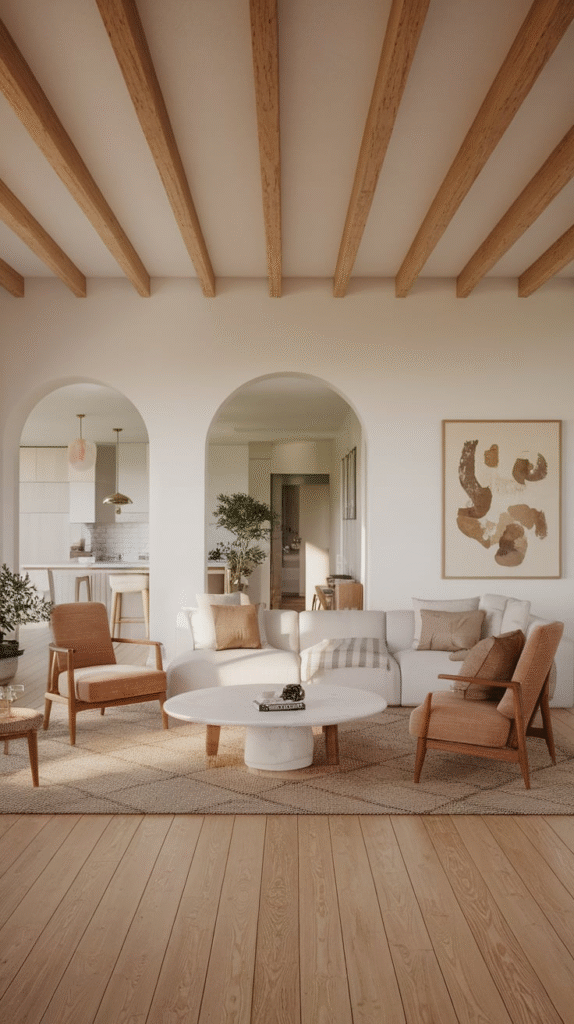
Using one flooring material throughout your home—whether it’s hardwood, concrete, or tile—creates visual flow and simplicity. It’s like a soundtrack that plays smoothly from room to room.
16. Limit Color Accents
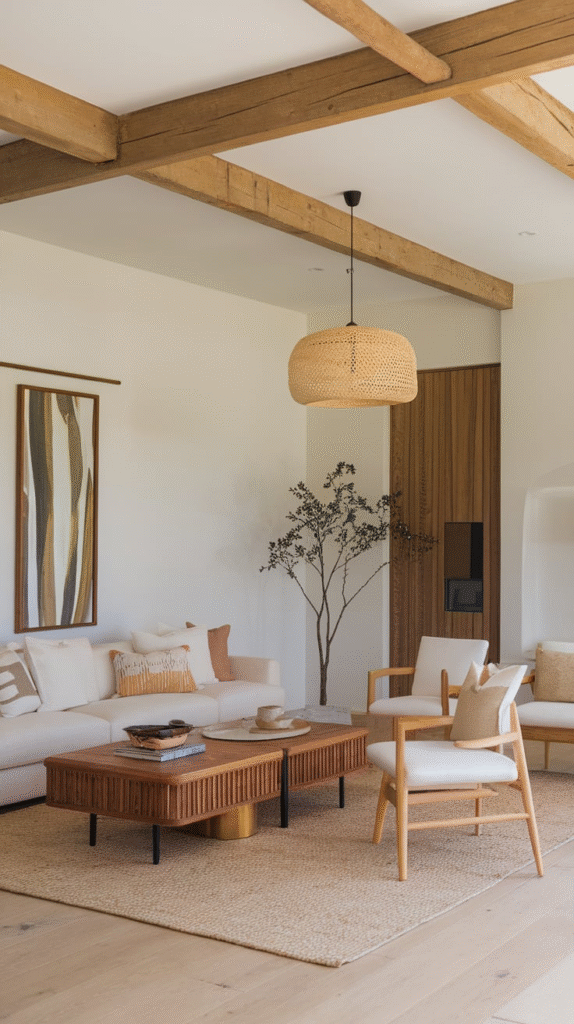
In a simple home, pops of color are more effective when used sparingly. A deep blue pillow, a mustard throw, or a single green plant has more impact when everything else is neutral. Choose one or two accent colors and stick with them.
17. Prioritize Negative Space

Don’t be afraid of empty walls or open areas. Negative space adds breathing room and lets your chosen pieces stand out. When I first left a dining room wall blank, I thought it looked unfinished. Now, it feels purposeful—and guests always comment on how serene the space feels.
18. Use Sliding or Pocket Doors
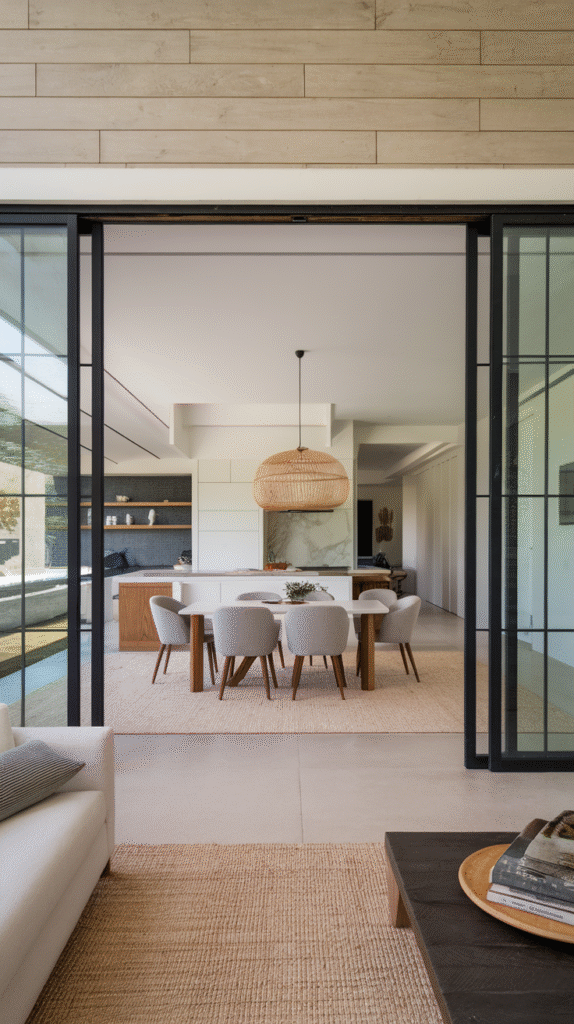
Instead of traditional swing doors, consider sliding or pocket doors to save space and maintain clean sightlines. It’s a small tweak that can make a big difference, especially in smaller homes.
19. Choose Matte Over Glossy Finishes
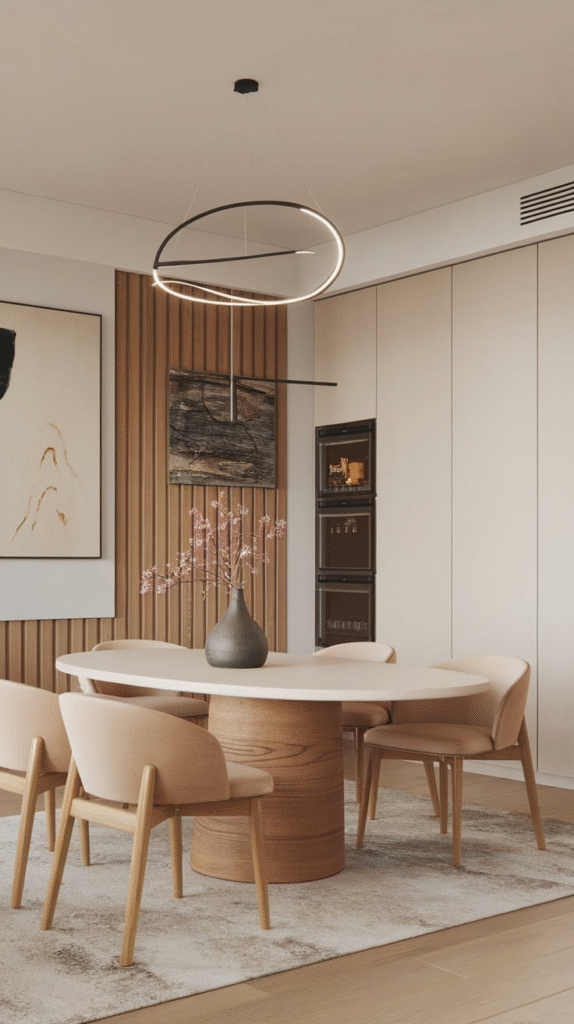
Matte finishes have a softer, more grounded look than glossy ones, which can feel flashy in simple design. Whether it’s cabinetry, fixtures, or tiles, matte adds elegance without being loud.
20. Incorporate Architectural Simplicity
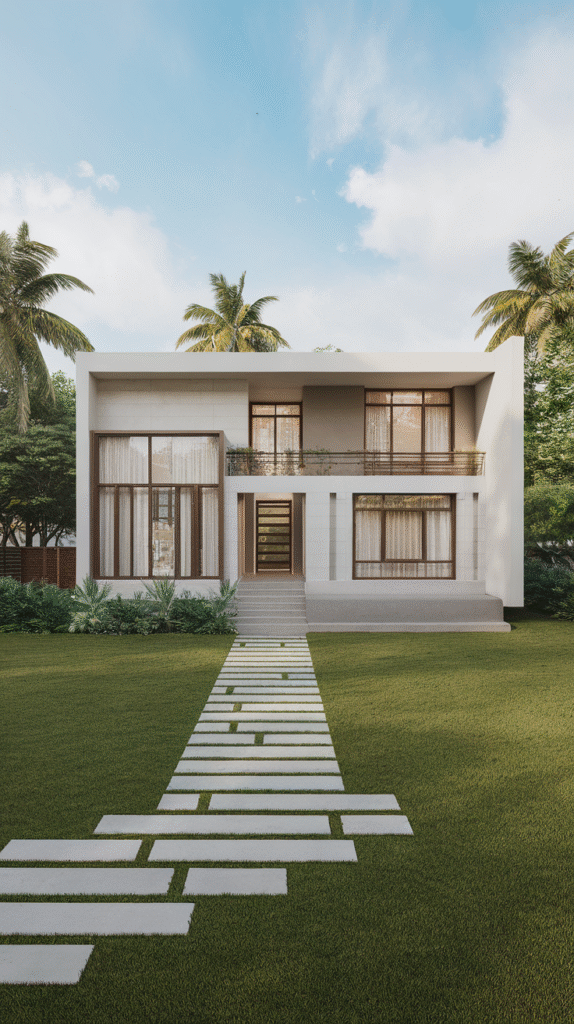
Simple homes benefit from straightforward architectural details: square or rectangular windows, flat-panel doors, and unadorned baseboards. Complexity isn’t always better—clean geometry brings timeless beauty.
21. Use Mirrors Strategically
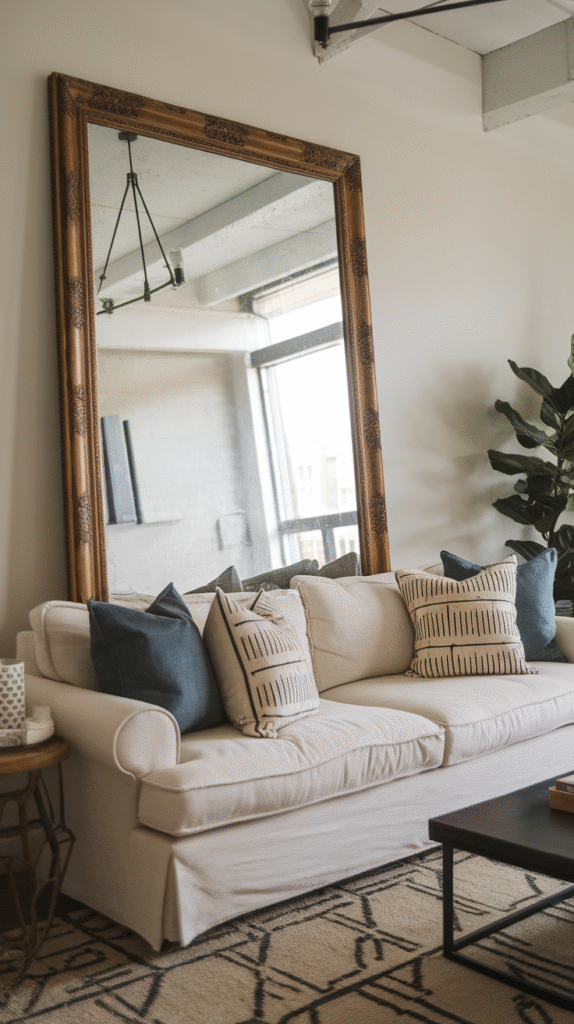
Mirrors bounce light, open up small spaces, and add understated elegance. Hang a large mirror in a hallway or across from a window. It’s not just decorative—it’s functional design magic.
22. Choose Furniture with Exposed Legs
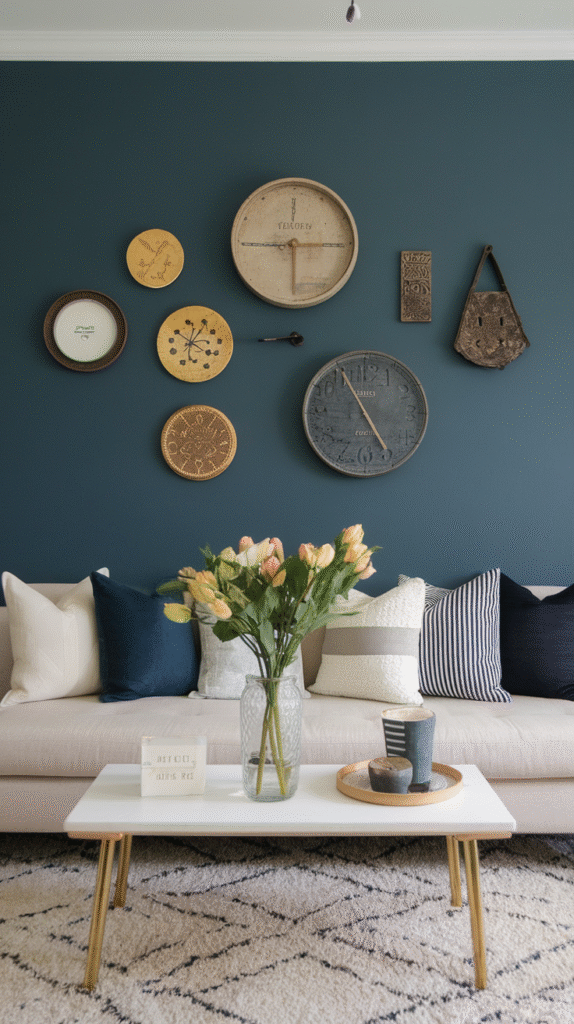
Sofas, chairs, and tables with exposed legs feel lighter and take up less visual space. Skirted furniture can sometimes feel bulky, while leggy pieces let your room breathe.
23. Keep Technology Integrated or Hidden
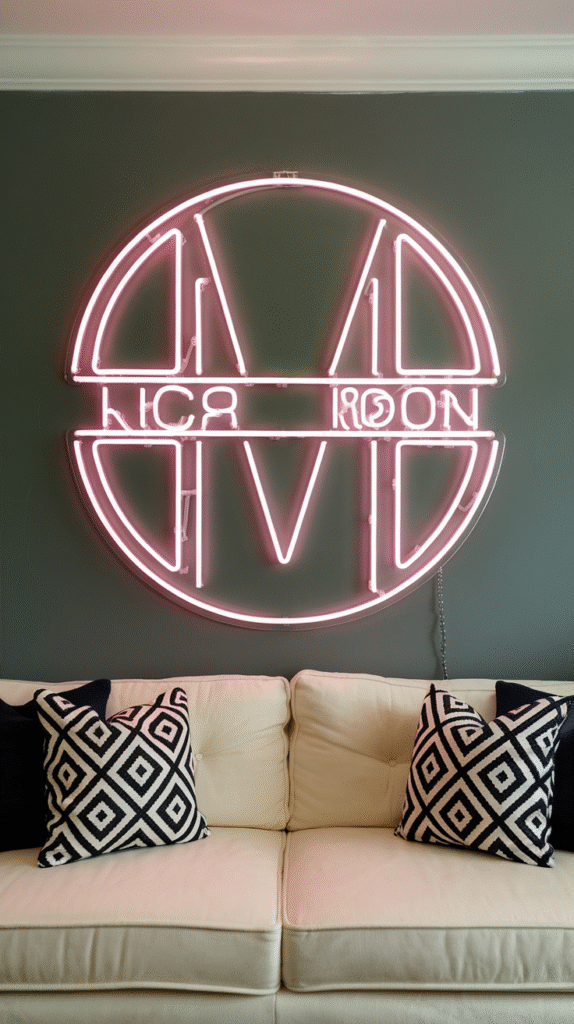
The best simple house designs tuck away tech and cords with built-ins, cable management, or multifunctional furniture. Mount your TV, hide the wires, and use baskets to corral gadgets. In my home, the router lives in a drawer—it still works, but no one sees it.
Conclusion
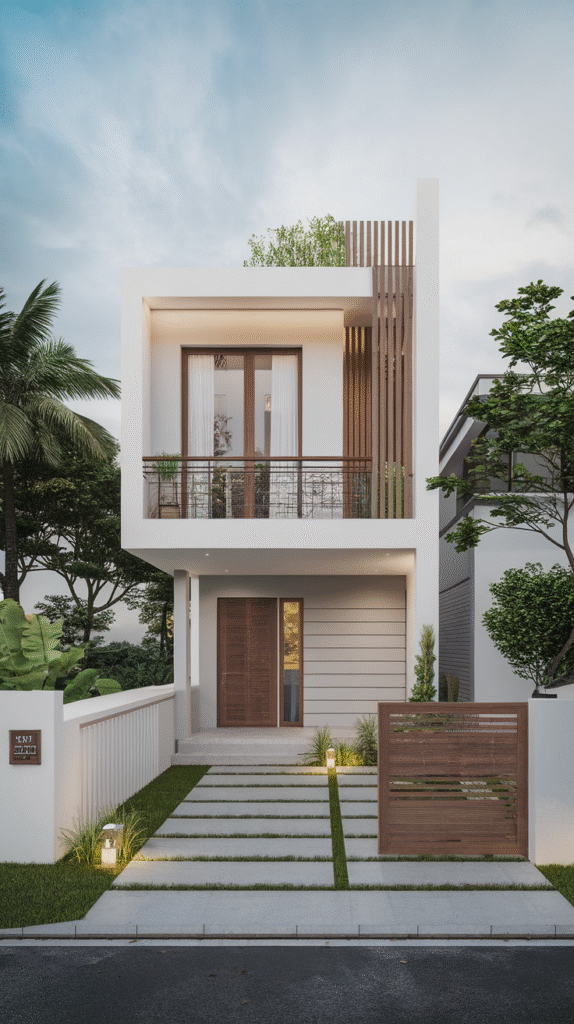
A simple house doesn’t have to feel sterile or cold. In fact, when done right, simplicity creates a sense of peace, clarity, and contentment that complicated design can’t match. It’s about choosing what truly matters, letting go of what doesn’t, and giving your home—and your mind—space to thrive.
Over the years, I’ve moved from a cluttered “more-is-more” style to one where every corner of my home has a reason to exist. The shift wasn’t just aesthetic; it changed how I lived. I spent less time cleaning and more time enjoying. Fewer distractions meant deeper focus and greater calm. My home became a place that supported me, not just impressed guests.
If you’re craving a change or building from scratch, start simple. Strip back the noise. Choose honestly. Design like your well-being depends on it—because it does.

